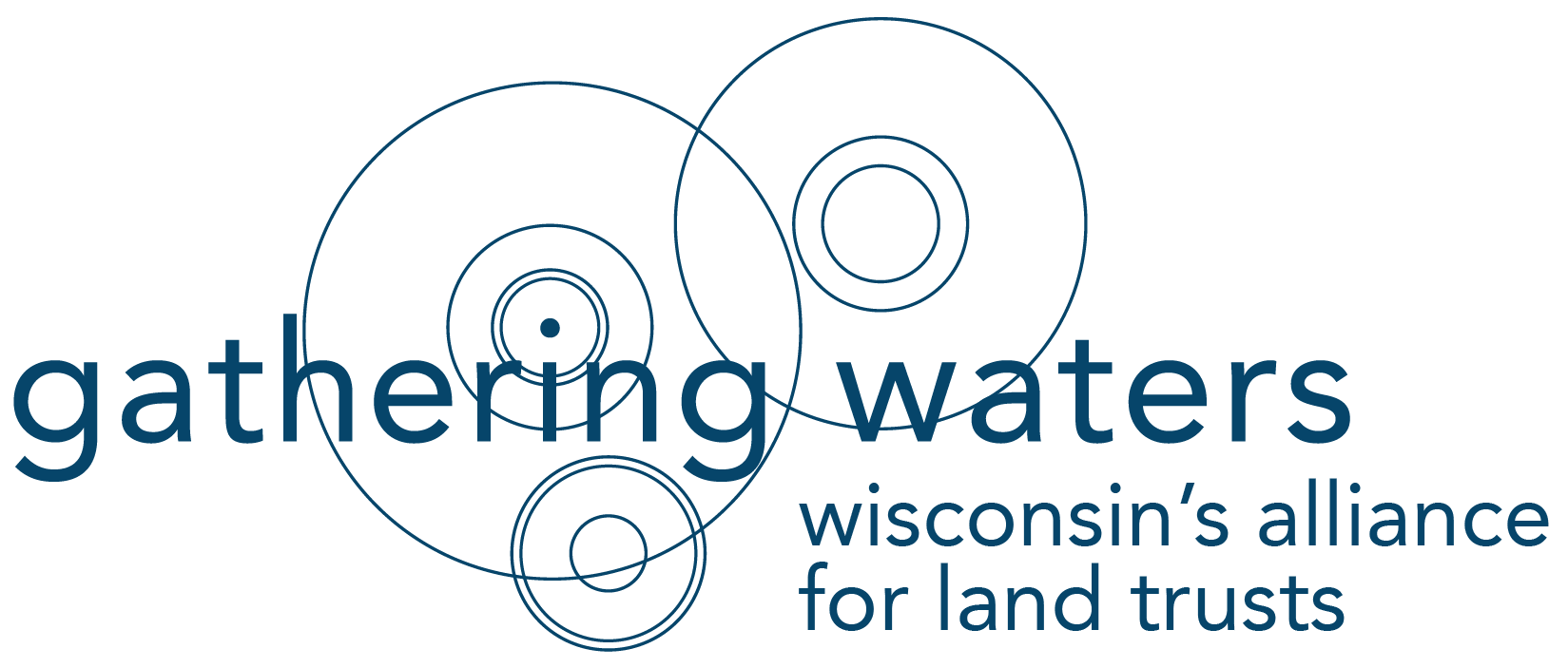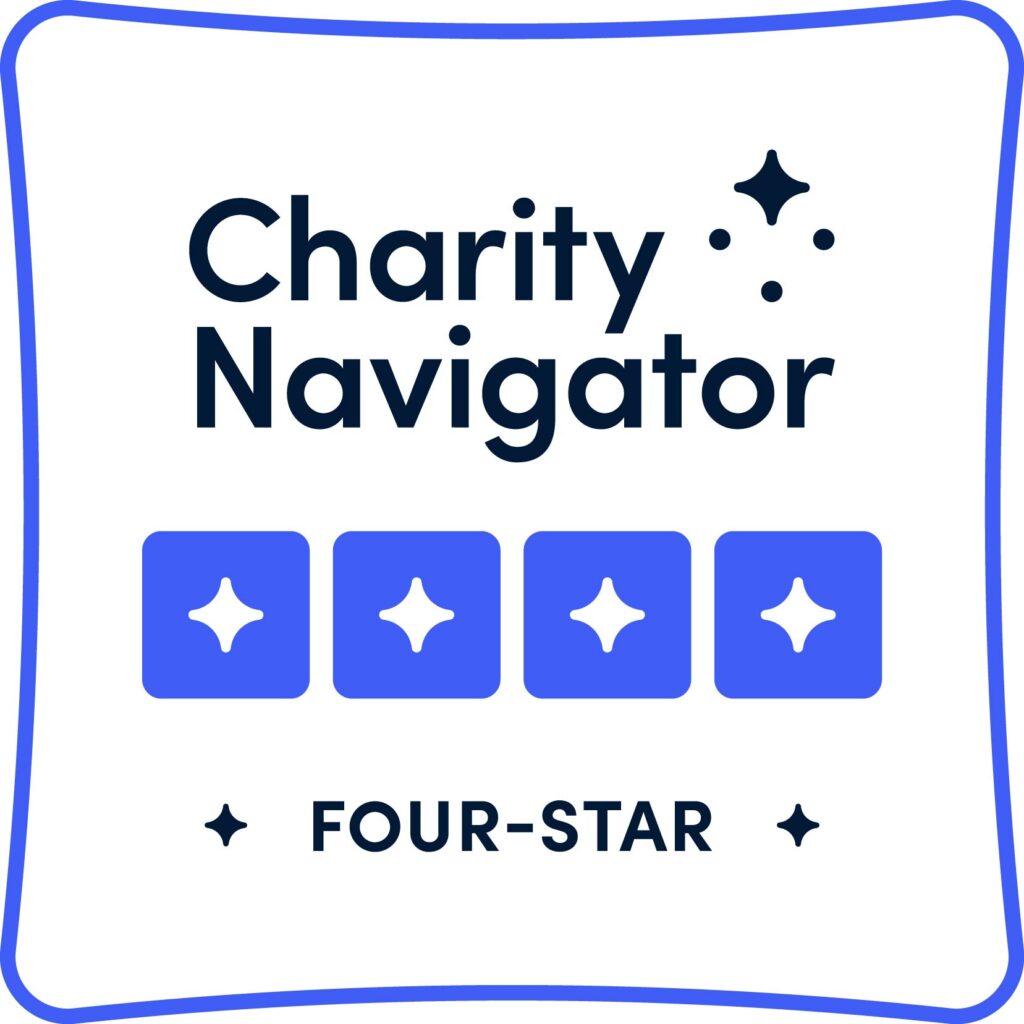Ken Cooper, Production Director and Afternoon Host of Classic Hits, 94.7 a Midwest Family Broadcasting station, interviewed Carol Abrahamzon, Executive Director of Mississippi Valley Conservancy, about protecting and preserving natural places like the La Crosse Blufflands.
People are free to visit the Blufflands and enjoy the view, hike, or take part in other low-impact activities because others saw the value of this natural area and took action to preserve it.
During the interview, Carol describes how volunteers and the Knowles-Nelson Stewardship Program play key roles in setting aside these natural areas for you, your children, and your great grandchildren, forever.
Read the transcript below or click here to listen to the 7-minute interview.
Carol: Thank you for having me and good morning. Happy Spring!
Ken: Yeah, and when we walk on the trails, we just have a wonderful time and it never occurs to us how much work goes into making sure those trails are there for us.
Carol: You know that is a really good point. And it isn’t just Mississippi Valley Conservancy. We have partners in all the work that we do. Right now, one of our great partners would be the La Crosse Community Foundation. They recently provided us with a grant to work on some of the problem areas up in the Blufflands where you’ve been hiking.
Ken: I know there’s a couple of programs and a couple of things that we do want to talk about, but first of all, let’s just talk about some general, I guess we could call them, common-sense things, when we’re walking on these trails.
I am disappointed when I see some of the abuse that goes on, on the trails. Painting. Fire pits: now, that’s one where my daughter and I have talked, ‘Can you have a fire up here?’, she’ll ask me and I had to say, “I don’t know,” but I’m guessing the answer is “no.”
Carol: The answer is “no.” Fires are not allowed up in the Blufflands. You know the Blufflands were protected with money from the Knowles-Nelson Stewardship Program as well as money from the City of La Crosse. And because of the Knowles-Nelson Stewardship Program, there are some restrictions on those properties, but also because of the conservation easement that protects that land while the City holds it. So campfires are not allowed.
Of course, we’re really disappointed when we see graffiti, trash, people using ATVs, and motorbikes up in the Blufflands. Those sorts of things aren’t allowed. It is for low-impact recreation because those properties were preserved for the habitat: for the wildflowers, the birds, the bees, you know all the animals and plants that make that their home.
Ken: I think that’s one of the things we need to remember is that this land is set aside, not just for us, but for the animals that live there and the plants that live there.
Carol: Exactly. And we all see the changes that are happening with climate change across the whole world. And we want to be sure that we protect these properties and work on them so we take away the invasive species which allows the native plants and animals to thrive there, which is something, by the way, the public can really help with. We can always use volunteers for that work.
Ken: And what a great place to volunteer. I mean, you’re doing good work in a beautiful space.
Carol: Exactly. And part of our, what we call “Love the Bluffs” campaign, is that grant funding that we receive does include quite a few volunteer work days up in the Blufflands. So, we hope people will come out and give us a hand.
Ken: Yeah. Tell me more about that, cuz that’s a local thing, right?
Carol: It is, yes. We are going to be working specifically on the properties that people know more as Mathey, Miller, Fitzpatrick, and Skemp down on County B. So, we’re going to be hosting some volunteer work days.
We’re trying to get groups, organizations, companies, neighbors involved in those work days later this summer, so we’ll be reaching out to those folks.
We’re also going to have kind of a kickoff party up there for the local neighbors so that they understand what’s going on when they see everybody up there working.
And in the fall when the students come back, we’re going to have an orientation day out there for the college students and try to get them involved, too, so that they also understand what is so special about the Blufflands.
Ken: So, just as an aside, will that road off of [County Highway] B, up there…up to the Mathey Quarry be as steep as it is? Is it going to … that is a crazy road. I actually tried to ride my bike up there once and gave up after about 10 feet.
Carol: You’re probably not the first person to give up.
Ken: I don’t think so. But it’s beautiful when you get up there.
Carol: It is. It’s well worth it.
Ken: And you talked about the Nelson…fund.
Carol: Yes, the [Knowles-Nelson] Stewardship Fund.
Ken: Tell us more about that.
Carol: That is a fund, a program actually, here in Wisconsin that funds a lot of the land purchases that are made not just by land trusts, like Mississippi Valley Conservancy, but also by municipalities, you know, the City of La Crosse is able to apply for funds as well as Onalaska, the Town of Shelby. All of those municipalities can, and do, use those funds.
The Conservancy has actually received more than $7 million over the past 20 years that has been used to purchase land in our nine-county area, here, from the Knowles-Nelson Stewardship Fund.
So, it’s extremely important. Can you imagine if we had to raise that $7 million from folks, here, in this area?
Ken: Right. That’s a lot of money.
Carol: Yes. It probably wouldn’t have happened. And that money has been used to protect more than 4,000 acres. So, all that is open to the public to enjoy.
Ken: It seems as though we are passed the point where so many people think every piece of land needs to be developed to be of value. Are we are past that way of thinking?
Carol: I think we are. I do believe that people understand that we have to have open spaces, green places, places for our furry friends, our feathered friends, and our scaly friends, and our slippery friends.
Ken: Yeah, there’s ugly animals and plants. They deserve to have a nice home as well.
Carol: Right. Beauty is in the eye of the beholder. But, also for our children, our grandchildren, our great-grandchildren. When you think about setting aside land forever, it’s hard to even wrap your head around what that means. But, think about your kids; and then think about their kids; and then think about their kids and on and on and on; and that’s what permanent protection provides.
And that is the work that we do. It is all permanent. The Knowles-Nelson Stewardship Fund is extremely important to protecting all the special places in Wisconsin.
And right now, we are asking people to jump on our website and check out the area we call, ‘Speak Out’ where they can get involved in advocating for a continuation of the Knowles-Nelson Stewardship Program, so that those funds are available well into the future.
The Governor is looking at an extension right now, of that fund, and we would like to make sure that that is kept in the budget.
So, it’s really easy. Click a couple of buttons. Put in your name and send off a letter.
Ken: So, we can advocate. We can contribute. And we can volunteer.
Carol: Yes. You got it right.
Ken: All right. Well, thanks very much. I love what you do.
Carol: Thank you.
Ken: It always amazes me that my daughter and I, or whoever I’m walking with, we can maybe spend a few minutes in the car, and find a trail, and feel like we are so far off in the wilderness.
Carol: Yes. That’s the beauty of it. You can just … really, you’re stepping off of a blacktop road and onto something that is remote and beautiful and special and peaceful…and can really re-energize your day.
It’s a real privilege for me and for our whole team at the Conservancy to work for the land, the plants, the animals, and clean water.



